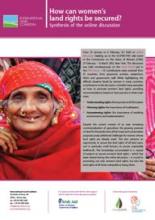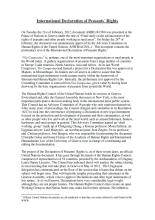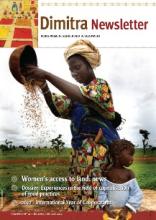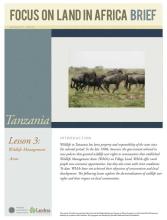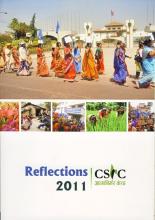/ library resources
Showing items 46 through 54 of 73429.Desde el 23 de enero hasta al 6 de febrero, la Coalición Internacional para el Acceso a la Tierra (ILC) sostuvo una discusión en línea con vistas al evento paralelo de ILC-FIDA-FAO en la reunión de la Comisión de la Condición Jurídica y Social de la Mujer (CSW), del 27 de febrero al 9 de marzo de
Du 23 janvier au 6 février, l’ILC a organisé un débat en ligne, précédant la manifestation parallèle de l’ILC, du FIDA et de la FAO lors de la Commission de la condition de la femme (CCF) qui s’est tenue du 27 février au 9 mars 2012 à New York.
[From UN-Women] During this 56th session of the Commission on the Status of Women, we have witnessed passionate and dynamic discussion with a very high level of participation
I invite you to read the last Dimitra newsletter from FAO, which includes several pages on women's land rights, with case studies from Niger, Mali and Madagascar.
This lesson brief explores the decentralization of wildlife user rights and their impact on loca
This is a guide for civil society organisations (CSOs) to the Committee onWorld Food Security – known as the CFS.It explains what the CFS is, why it is important, and how civil societyorganisations worldwide can monitor, influence or get involved in the work ofthe CFS at the global, regional and
Paginación
Land Library Search
Through our robust search engine, you can search for any item of the over 64,800 highly curated resources in the Land Library.
If you would like to find an overview of what is possible, feel free to peruse the Search Guide.

